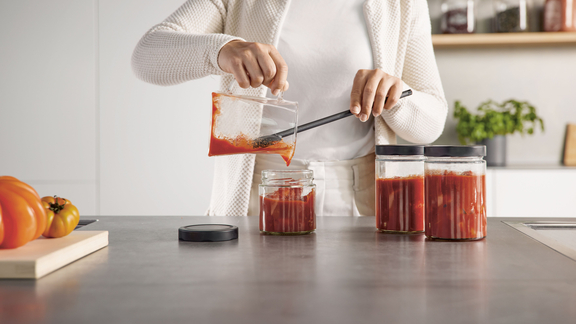

Preserving food is a tried and tested method of preserving flavour and nutrients for months.
High heat and airtight jars keep germs away. This extends the shelf life of fruit, vegetables, meat & other foods.
Enjoy vegetables from the garden at any time, preserve bulk purchases, stock up on supplies: Cooking food not only extends the shelf life of the ingredients. Homemade preserves are full of flavours and nutrients and are perfect for stockpiling. You keep control of ingredients, avoid food waste and have a quick meal ready at any time.
Preserving is easy: You pour the ingredients into tightly sealed jars, heat them up and leave them to cool. This creates a vacuum. Germs have no chance of penetrating. The effect: Preserved food will keep for around a year.
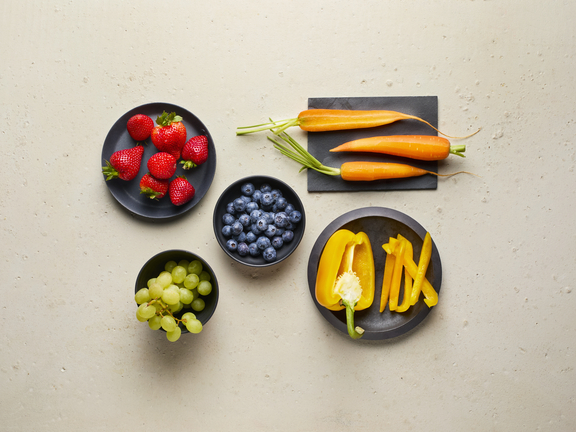
From apples to berries or beans, from freshly harvested vegetables to steak: Countless foods are suitable for preserving.
Milk and dairy products can become rancid when canned, and there is a risk that starchy foods will ferment and spoil more quickly. If you want to preserve meat, follow the preserving instructions or recipe exactly. In this way you can minimise the risk of botulism. This life-threatening disease can be caused by improperly canned food. In principle, The lower the pH value and the higher the sugar content, the longer the shelf life of the food. For sensitive preserves, such as goulash, two cooking processes are often necessary to rule out a health risk.
Tip: Some of these foods, such as potatoes and pumpkin, can be preserved by freezing.
Canning is a tried and tested method of preserving food - also because the necessary utensils are available in many kitchens.
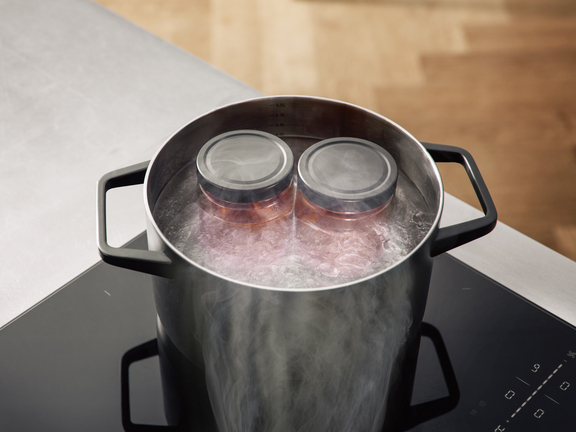
You will need:
Important: The glass rim must be completely intact. Air can get in through splinters or cracks and the contents spoil prematurely.
Other practical features include filling funnelsfor drip-free filling of the jars and glass lifters for safe removal from the pot or oven.
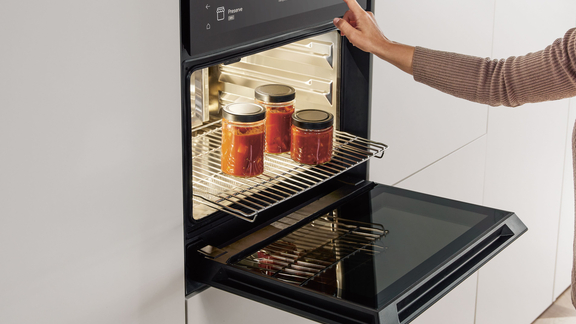
With the BORA X BO you can cook, bake and steam on three levels - and boiling down is also easy.
Would you like to preserve food and maximise its shelf life? Here’s what to do:
If stored correctly, preserved food will keep for around a year or longer. Store the jars in a dry, dark and cool place, such as a cellar.
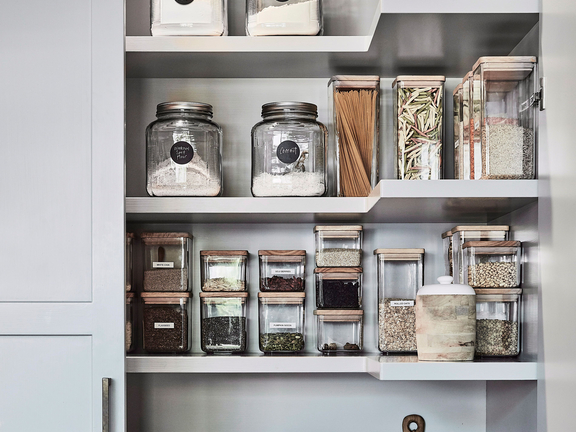
The correct boiling temperature and boiling time also play a role in shelf life. They depend on the hardness of the food. As a rule, cook food at 80 to 100 degrees for 30 to 120 minutes . Carrots or meat require higher temperatures and longer cooking times than berries or tomatoes. Tip: Label the jars with the date and contents.
Important: When opening, make sure that the vacuum is maintained. You should hear a clicking sound from the screw-top jar and a hissing sound from the preserving jar.
Cooked soups, sauces and stews can also be preserved using the same principle as fresh ingredients.
When preserving, you put ingredients into jars and preserve them using heat. When canning, you fill jars with ingredients that have already been cooked. To create a vacuum, leave the jars to cool with the lids facing downwards.
Only use fresh ingredients or freshly cooked dishes. Make sure the jars are intact and clean, and don't forget to sterilise them before filling them with ingredients.
Food can also be preserved in the oven, steam cooker and pressure cooker. The BORA X BO steam oven offers a special programme for preserving food.
To preserve food and extend its shelf life, place the ingredients in a sterile jar and heat it in a boiling water bath. As it cools, a vacuum forms, sealing the jar airtight.